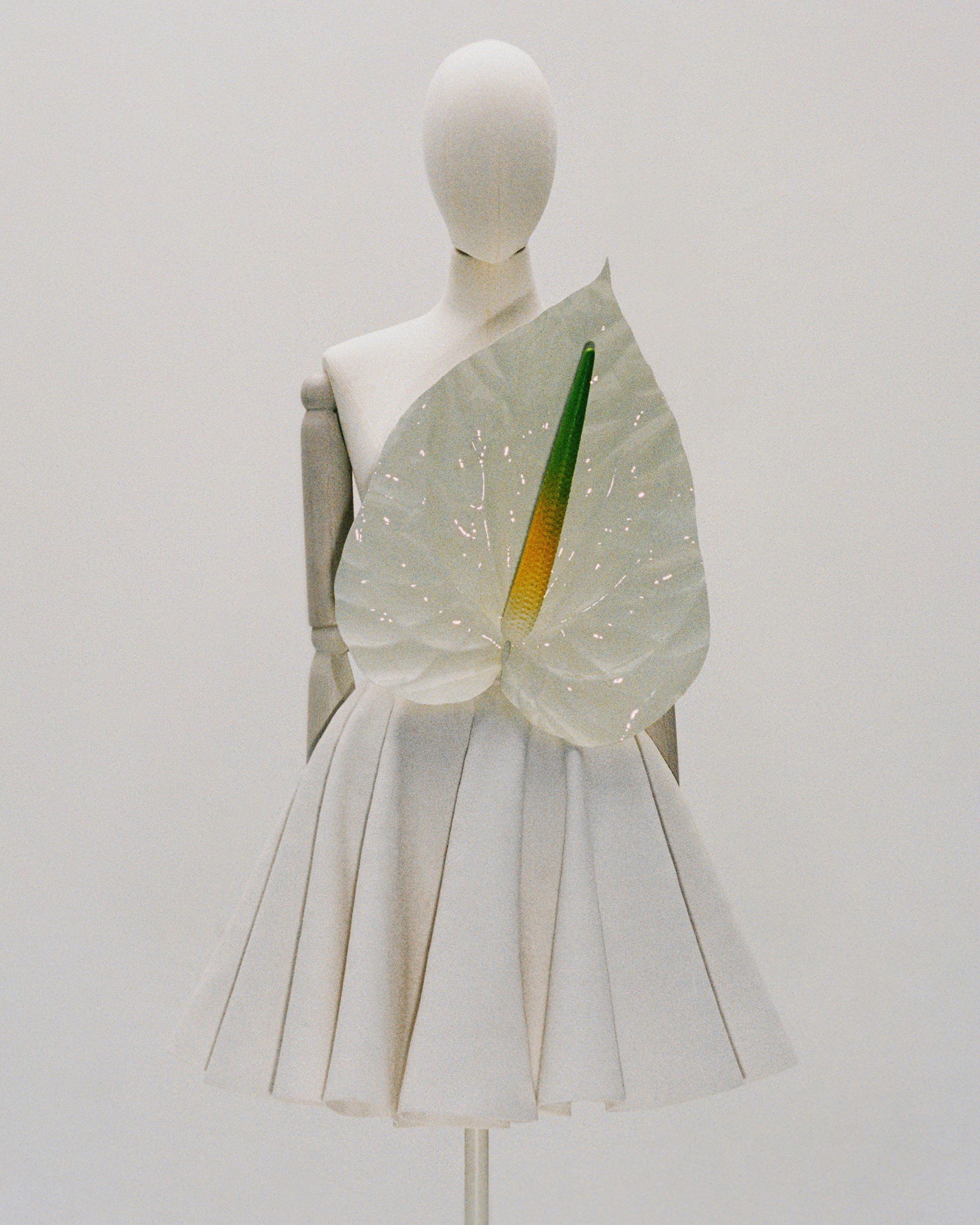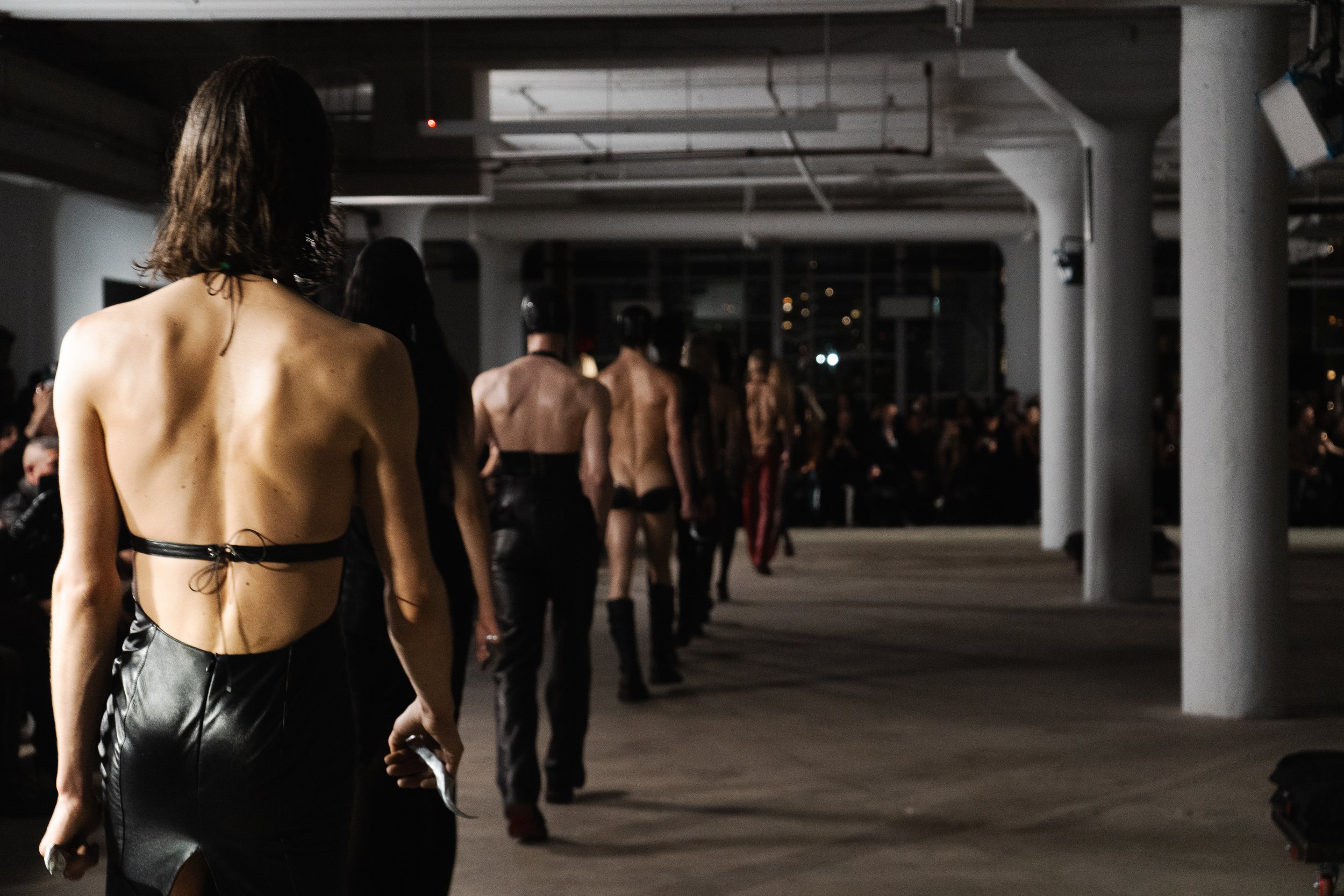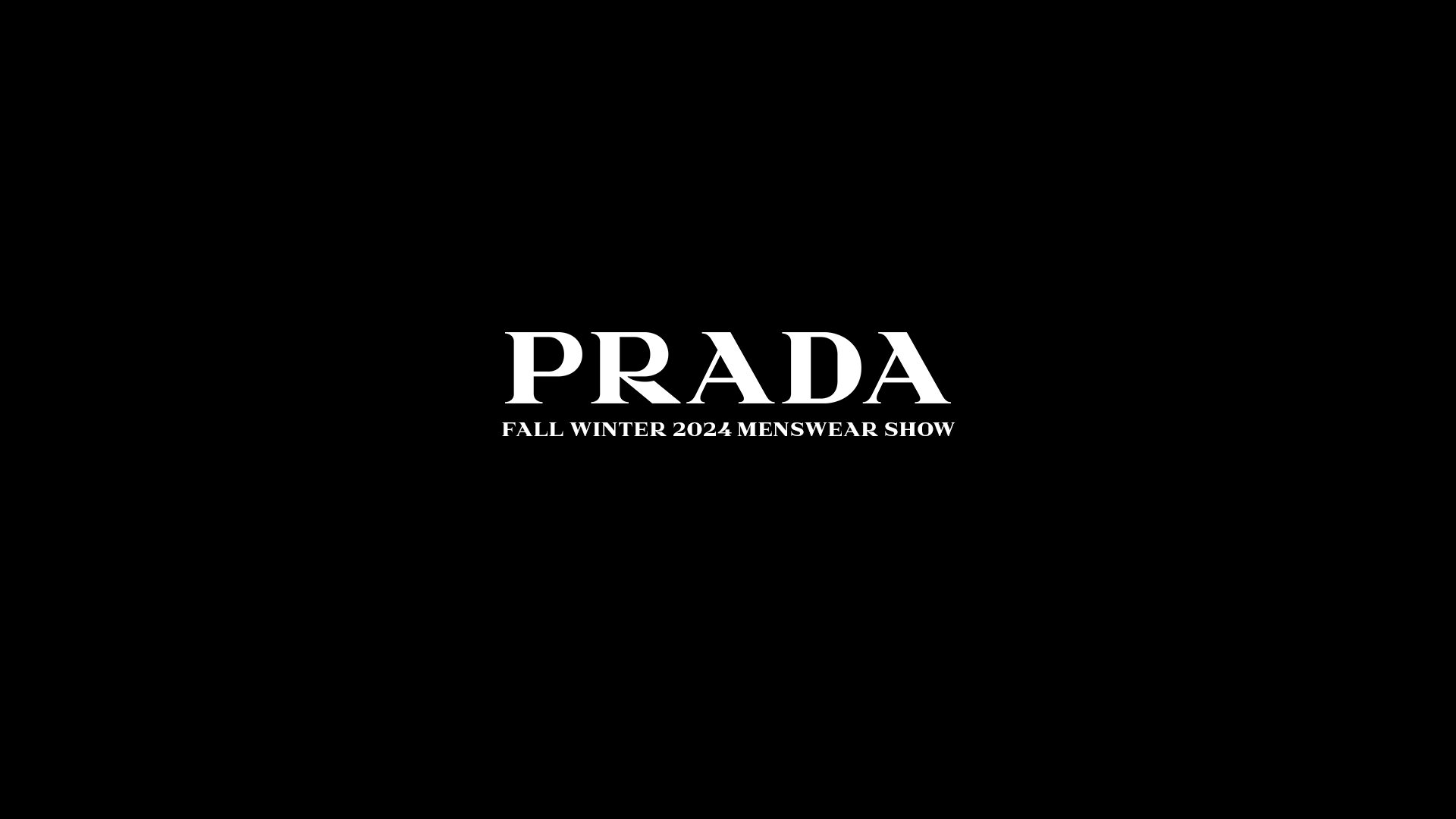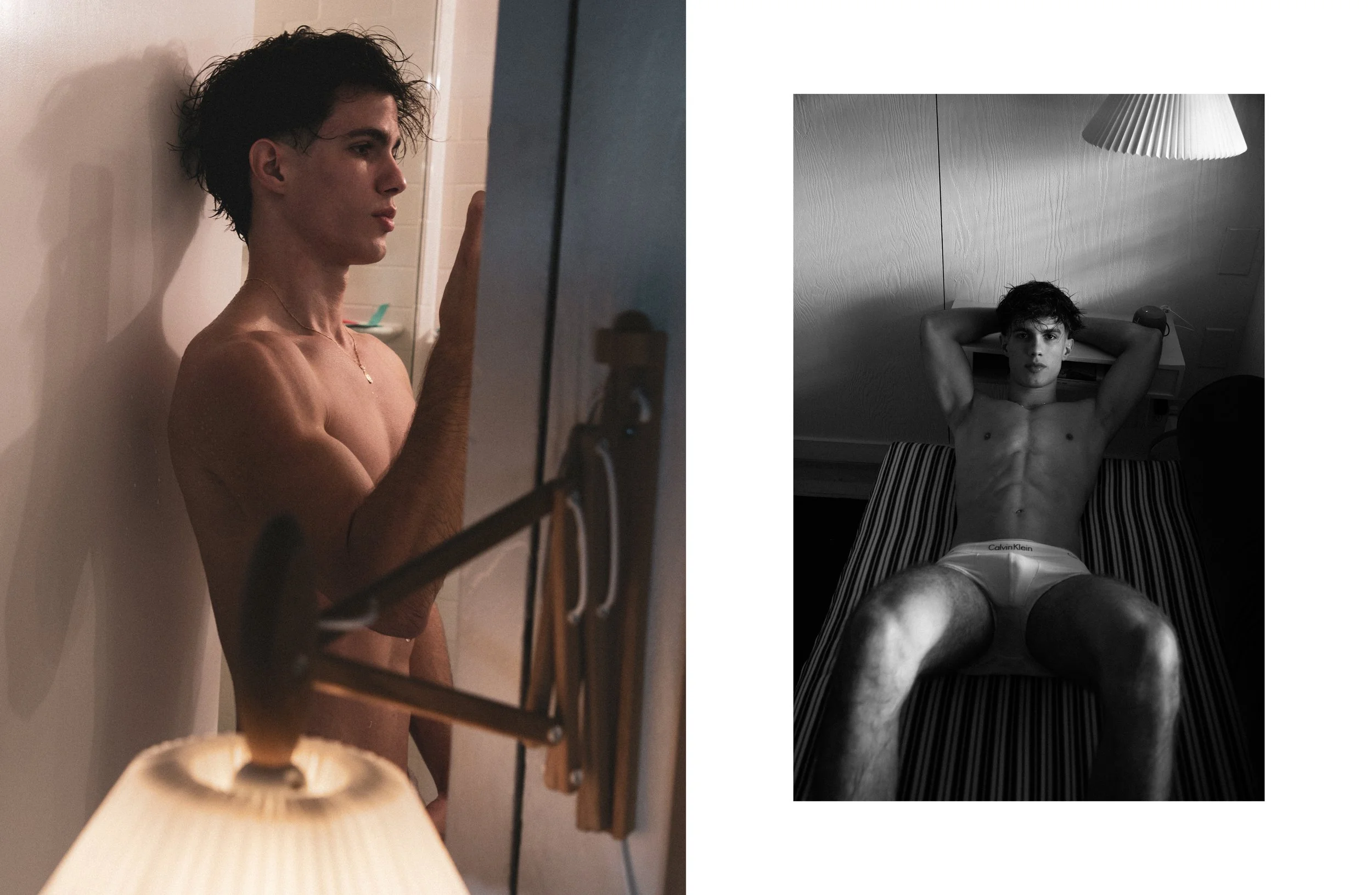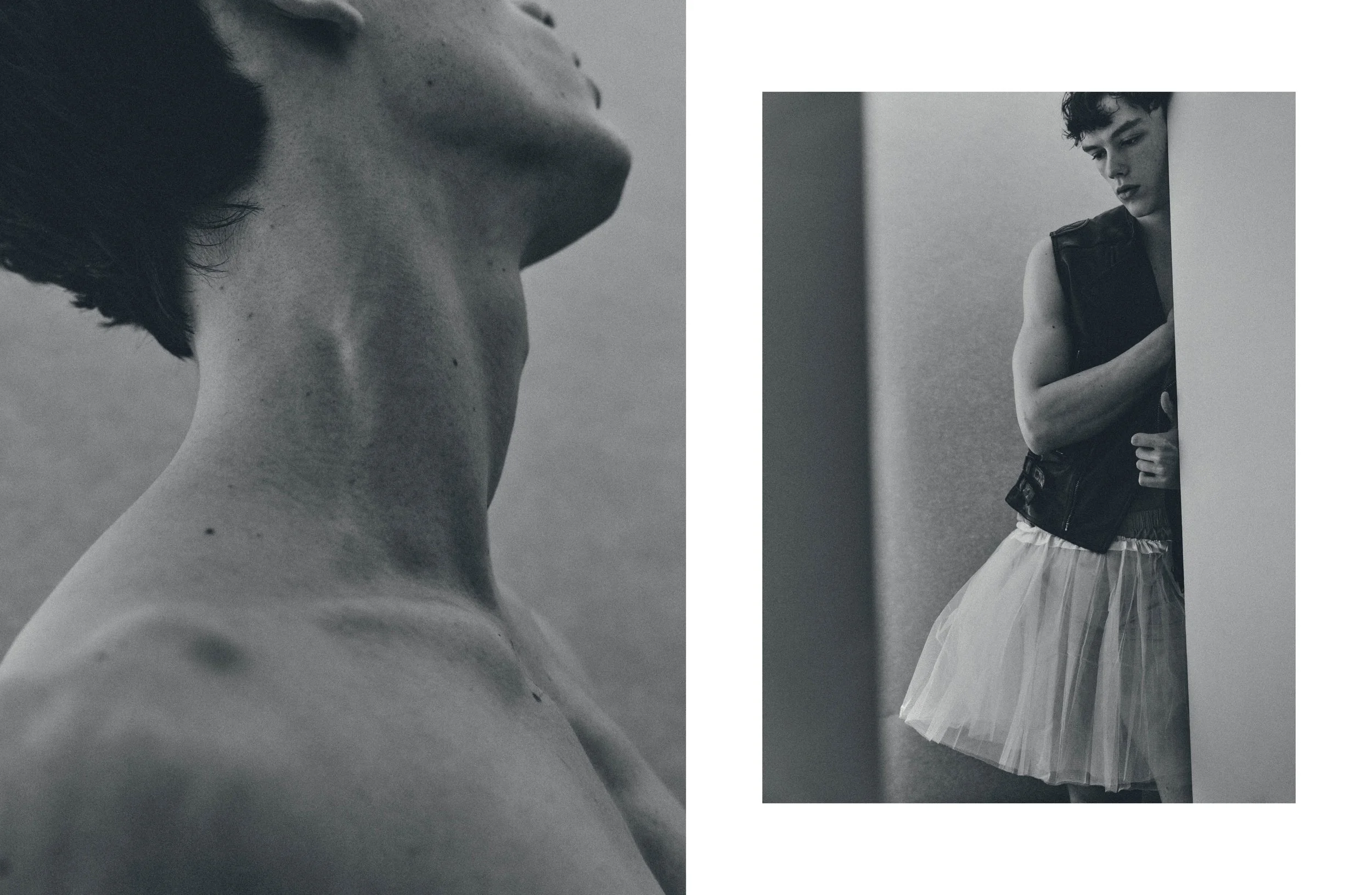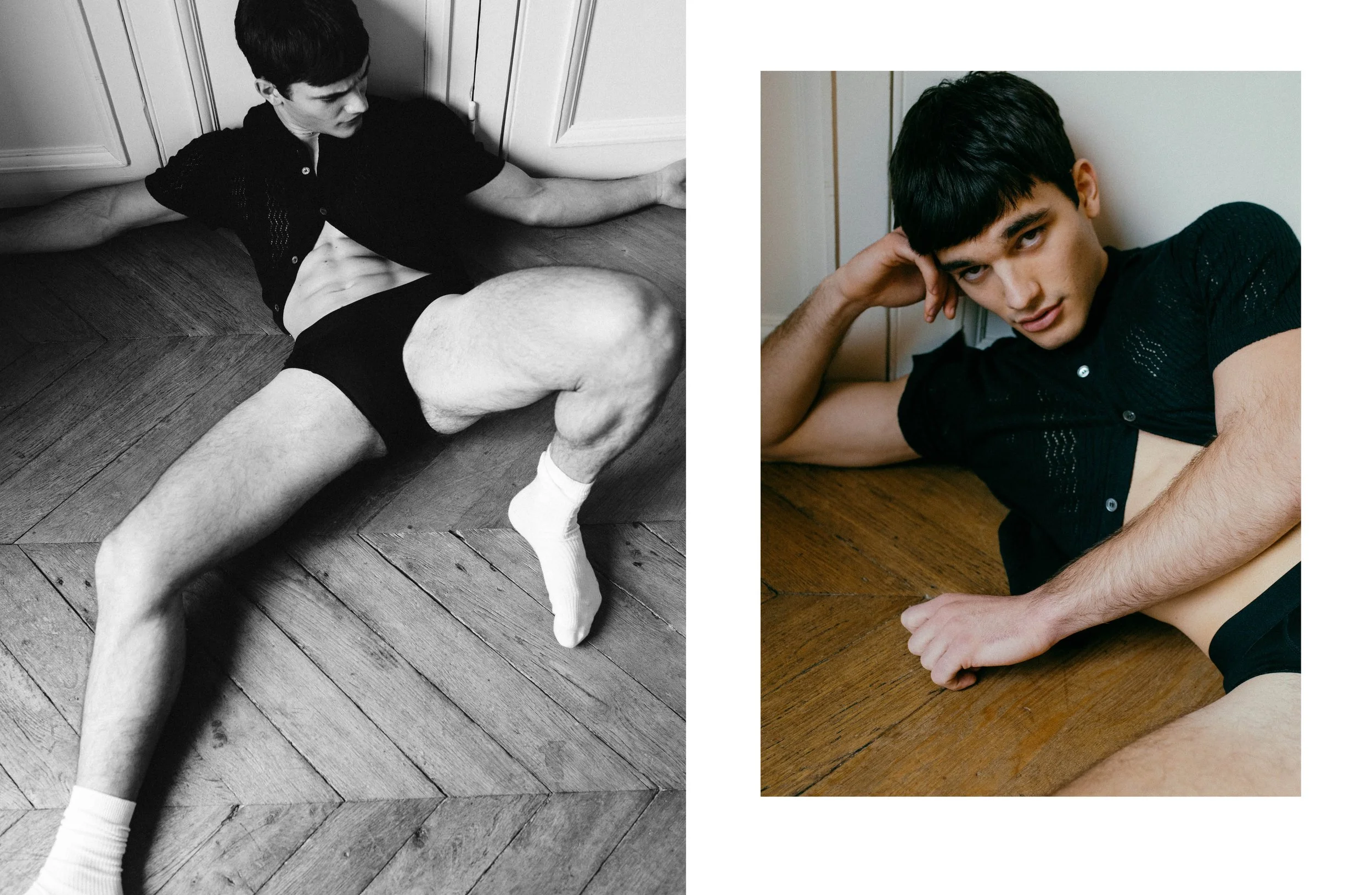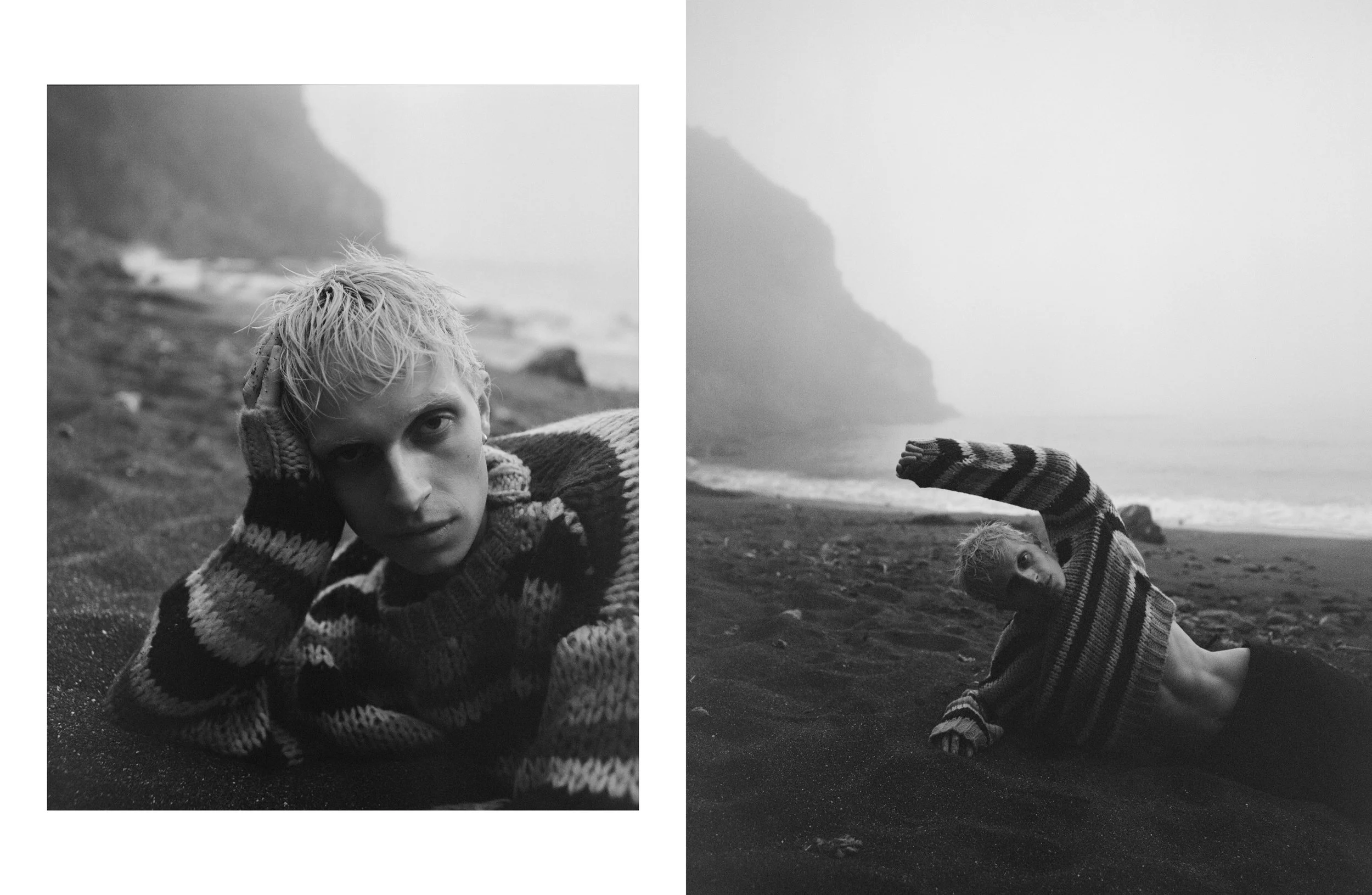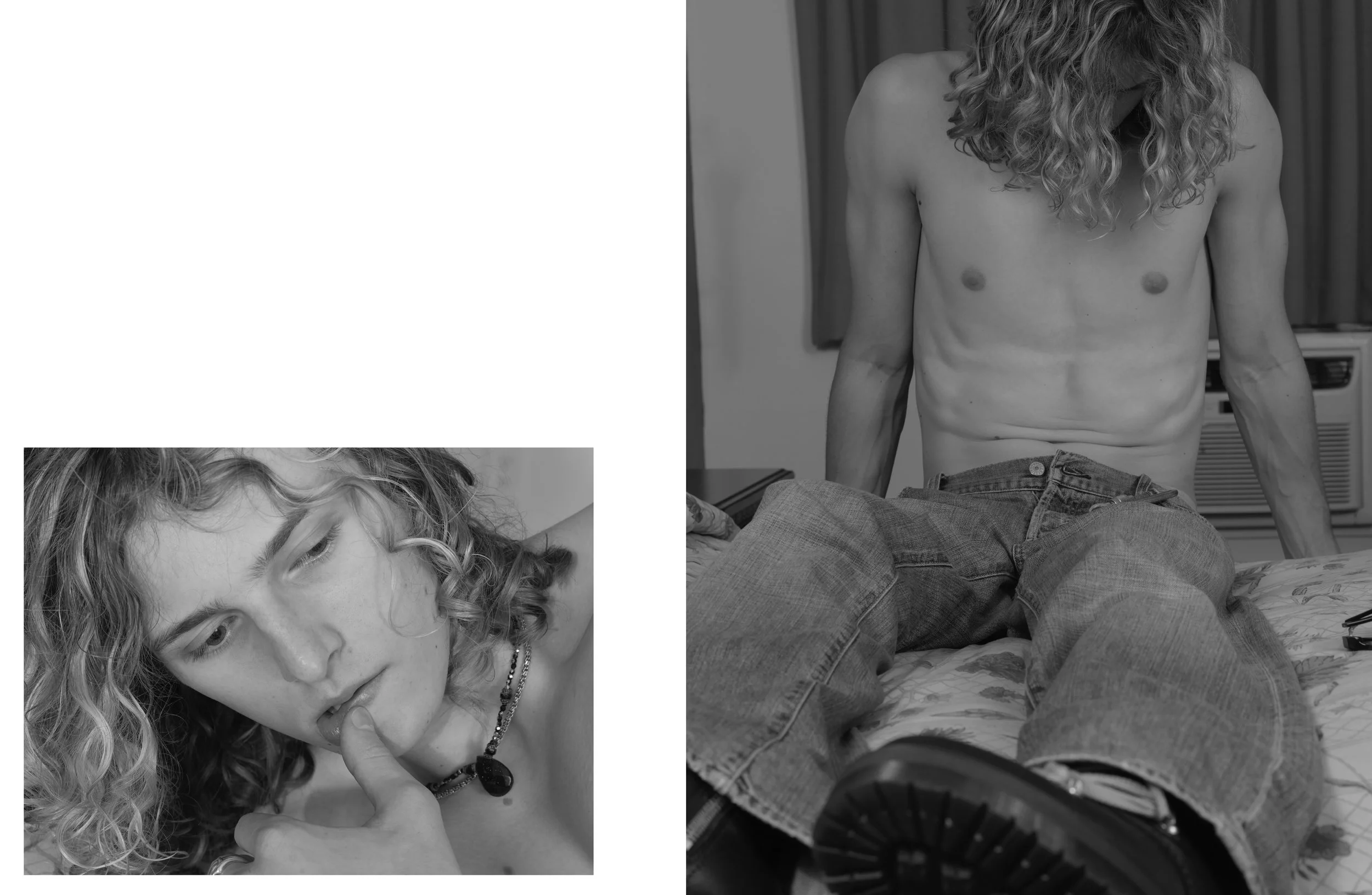For Levan Gelbakhiani, movement is a way to experience the feeling of liberty in a reality that can often seem far from free. ‘When you are brought up in an environment that’s very close-minded, there’s only a couple of places where you can feel freedom,’ says the Georgian dancer and actor. ‘And I think that dancing was the only place like that for me when I was growing up. I enjoy it very much and I think it will be my way of expressing myself until the day I die.’ Since starring in a lead role in ‘And Then We Danced’ – a 2019 film by Levan Akin that caused major controversy in Georgia due to its open depiction of queer love – Gelbakhiani became a symbol of unabashed bravery within the LGBTQ+ community in the country. Today, he continues to create the space for queer visibility through his collaborations with Russian photographer Roman Valynkin, who in his work explores the multifaceted notions of gender. For Behind The Blinds, Gelbakhiani and Valynkin worked together on ‘On The Fly’ – a series of dynamic images that are a love letter to Georgian nature and people.
Your big break as an actor was a lead role in the 2019 queer drama ‘And Then We Danced’. How do you look back on this project and what makes you feel the most proud about it?
Although my optimistic feelings about the changes that the film would bring aren’t as strong as before due to the recent homophobic attacks on the queer community in Georgia earlier this year, I still think that ‘And Then We Danced’ was a great thing for the queer community. It represented the community as it is and stood against the rhetoric of the right-wingers that portray us using the Sodom and Gomorrah comparisons and so on. I think the film became this thing for young people to hold on to – in a society where everything is really taboo, it became something that shined a light on queerness and our sexual identities. And I still have hope that it continues to do so because a lot of people approach me about it. Once, this granny said to me: ‘I watched your movie and it’s [the queer identity] nothing like what these bigots are saying, and I loved it!’
When did you first realize that dance was something that you wanted to pursue?
It came into my life without me really realizing it. It started first with me doing traditional Georgian dancing when I was four, but you know, every kid used to do that, it’s mandatory here. [laughs] When I was fourteen or so, I started to train ballet dancing – it was a bit late for me to do it professionally, so then after a while, I switched to contemporary dance. I never imagined myself as a professional dancer – my goal was to be an actor. But when I applied to the drama university and did not get a place, I thought, ‘Okay, I have this other way of surviving.’ That’s when I started to practice seven or eight hours per day and became super close with my body and how it speaks through movement.
What are the emotions that dancing allows you to tap into?
Dancing is not something that I’m doing for someone – I’m doing it for myself. When you are brought up in an environment that’s very close-minded, there’s only a couple of places where you can feel freedom. And I think that dancing was the only place like that for me when I was growing up. I enjoy it very much and I think it will be my way of expressing myself until the day I die.
…
Interview by Martin Onufrowicz
Photography by Roman Valynkin
Fashion by Nora Tsiteladze
Production by Roman Valynkin
Photography Assistant Iuliia LatyganInstagram
Clothes provided by multi-brand Concept Store IERI
Georgian Labels are KEBURIA, SITUATIONIST, Aleksandre Akhalkatsishvili, PITOSETURI, Ingorokva,David Koma, Lado Bokuchava, Tatuna
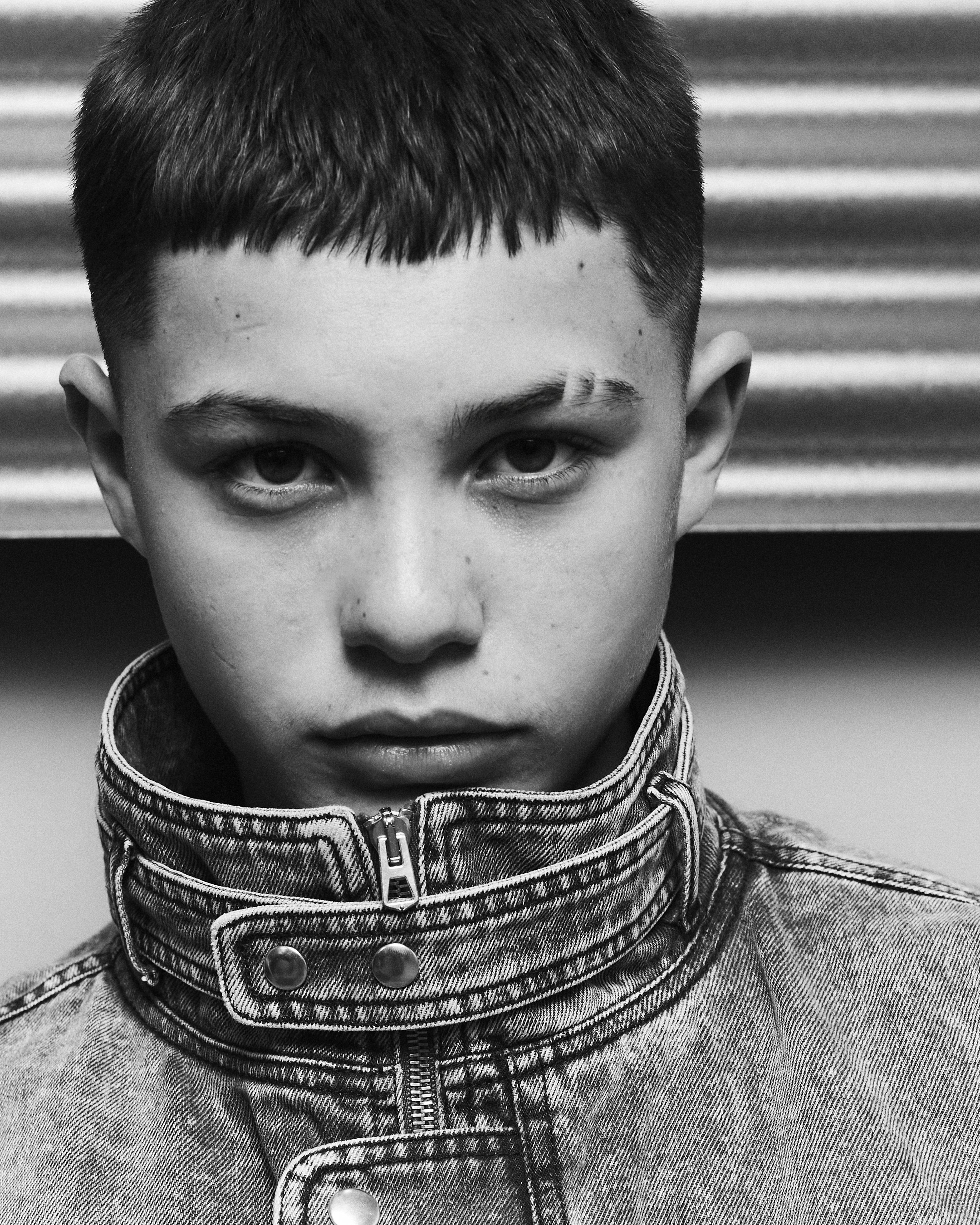
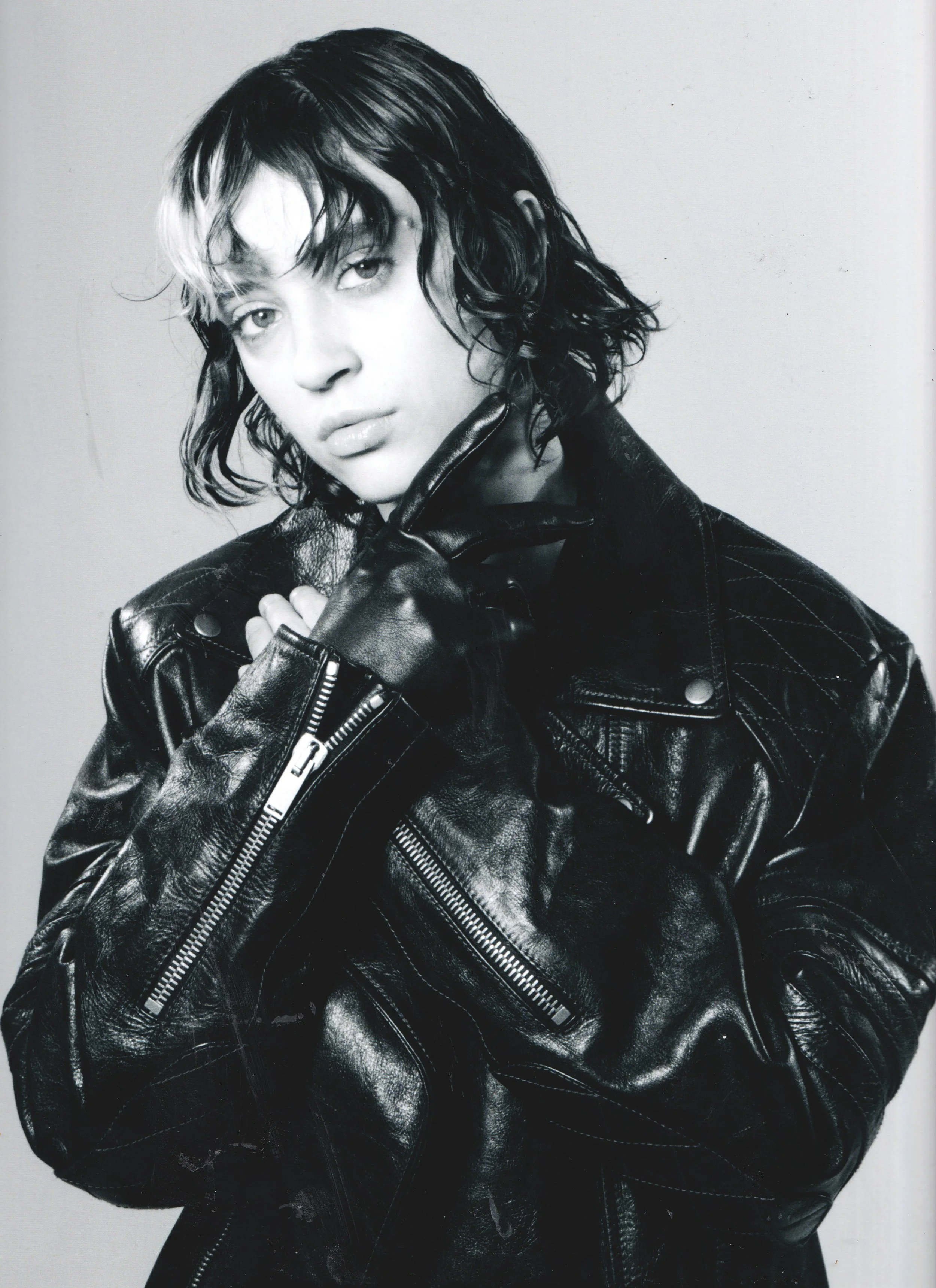
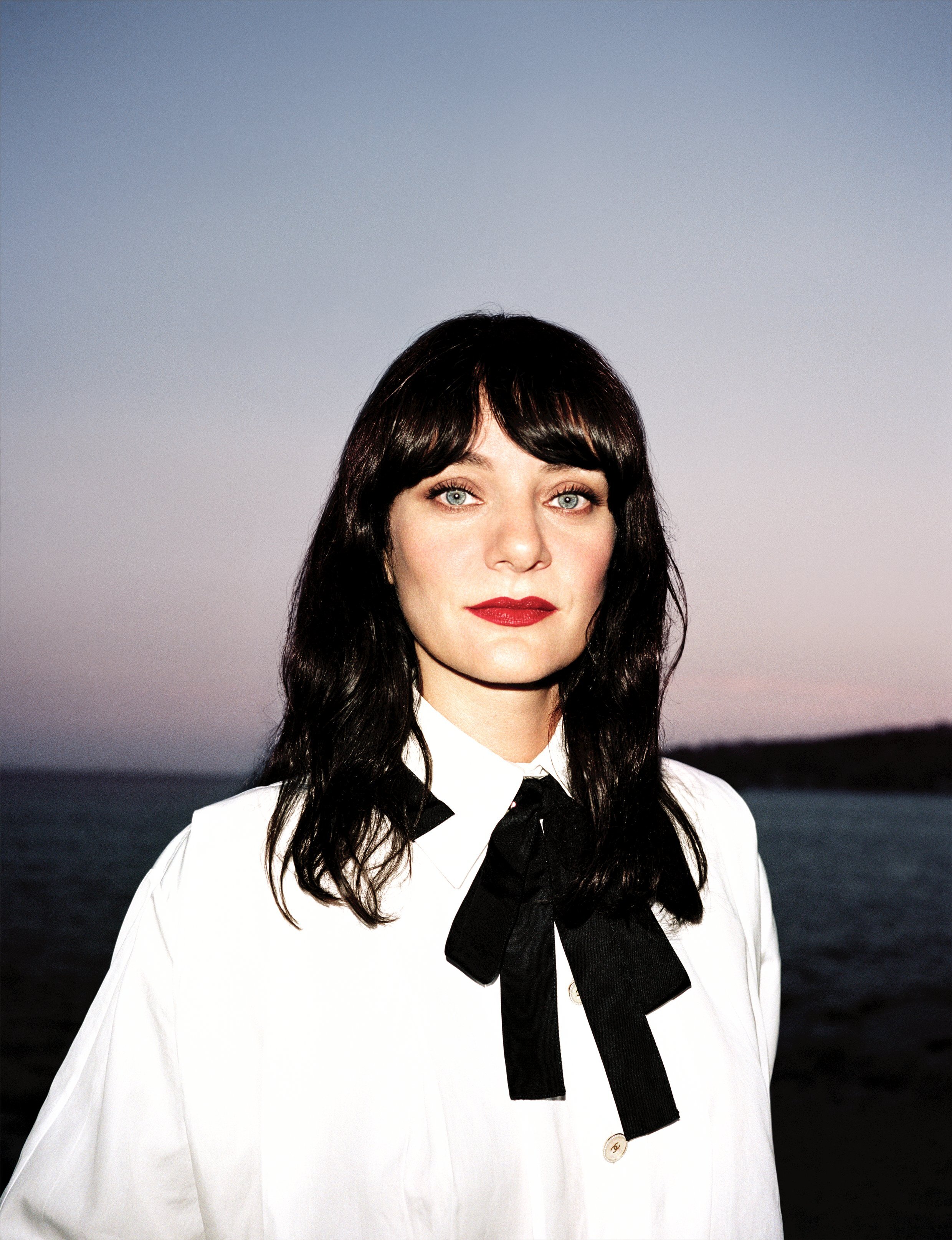

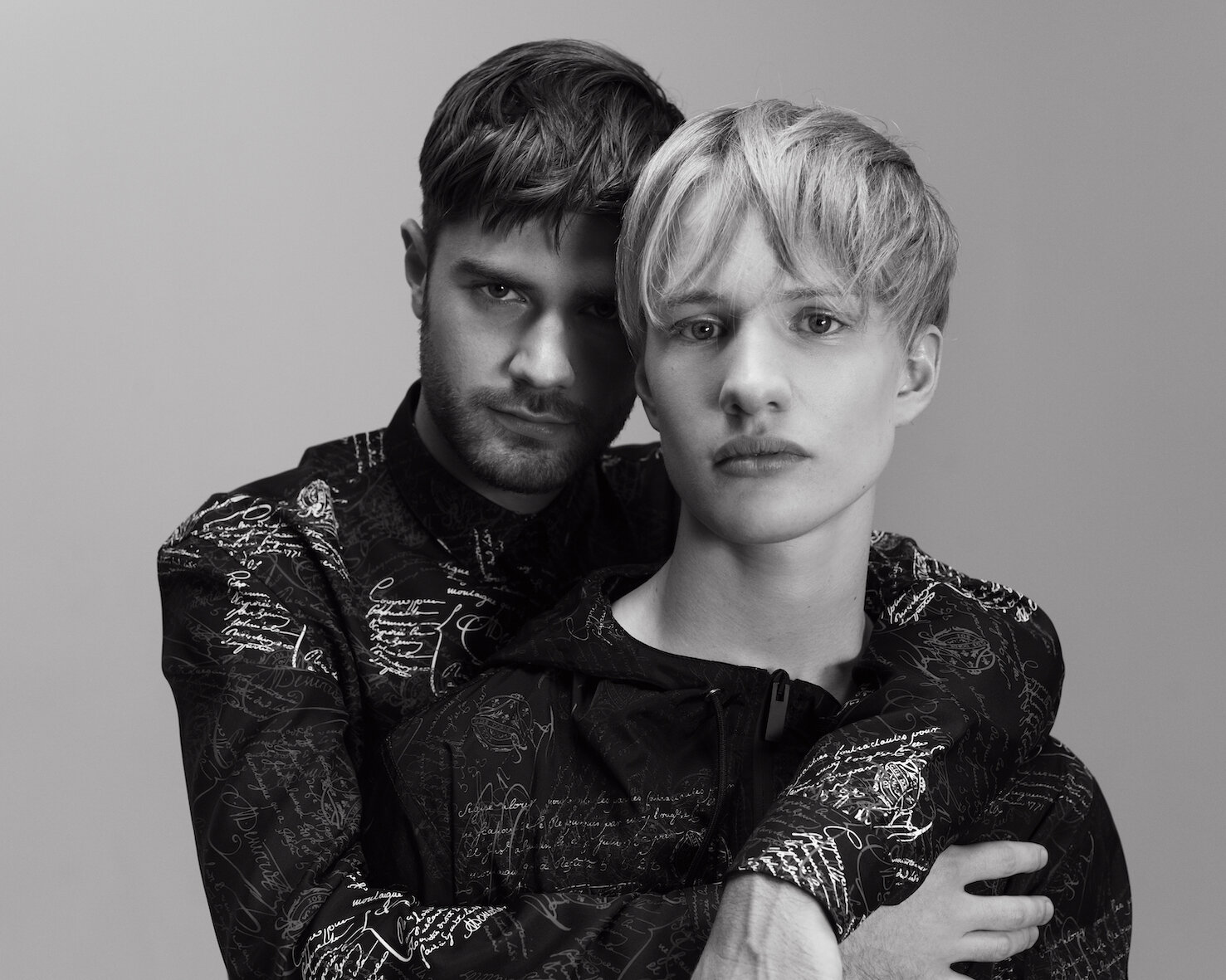



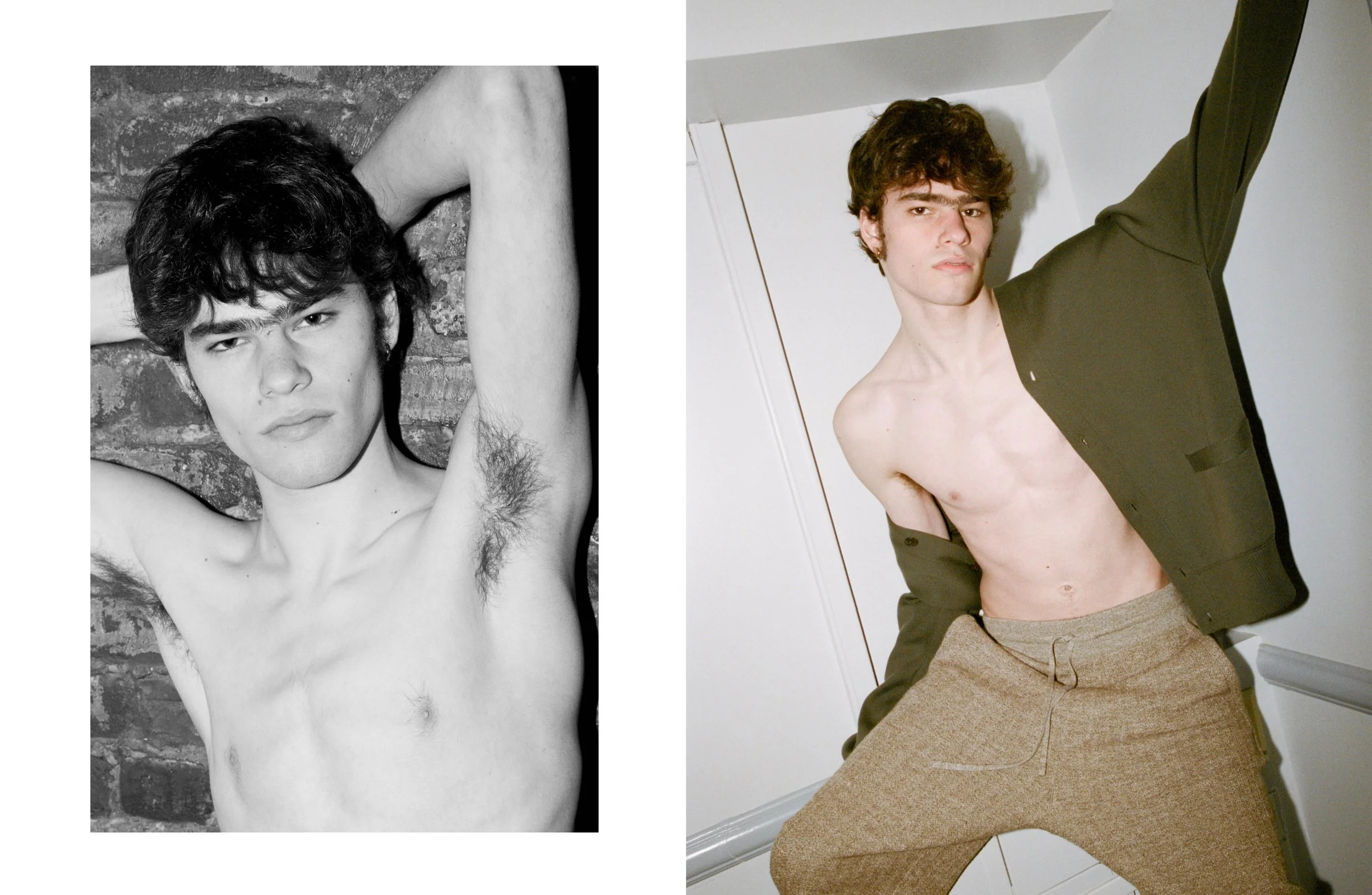













![MiuMiuTales&Tellers_#14_ (THE [END) OF HISTORY ILLUSION]_HOST.jpg](https://images.squarespace-cdn.com/content/v1/553417b2e4b03cb74b7dfb0f/f714434e-20b1-4f9e-bd9f-4726f54f8e22/MiuMiuTales%26Tellers_%2314_+%28THE+%5BEND%29+OF+HISTORY+ILLUSION%5D_HOST.jpg)




